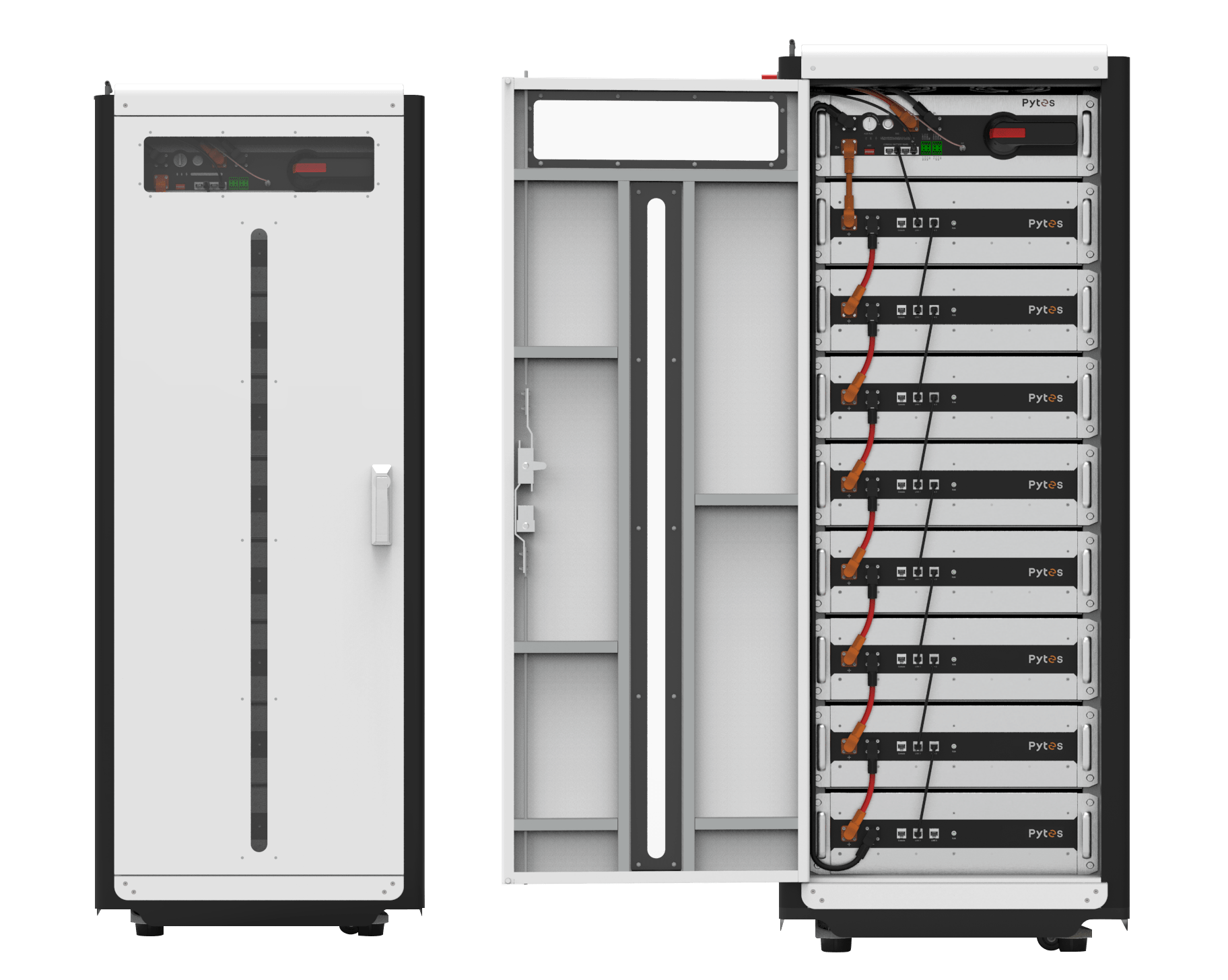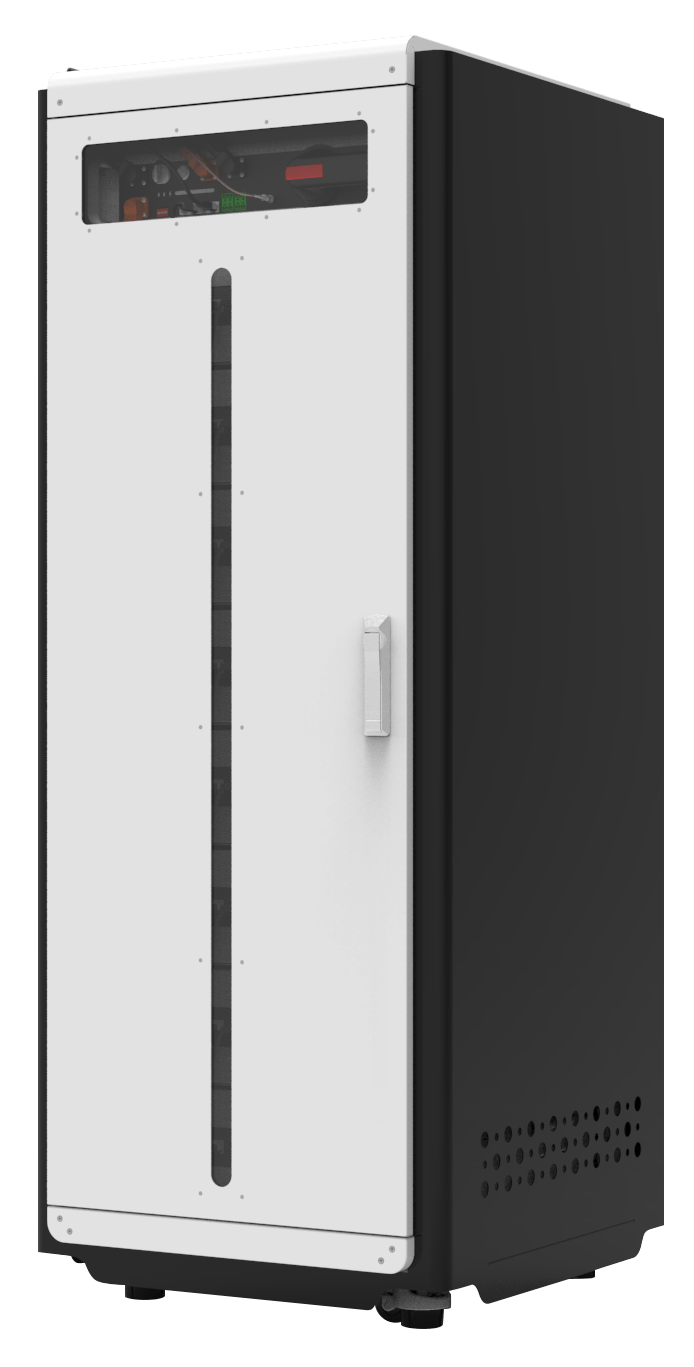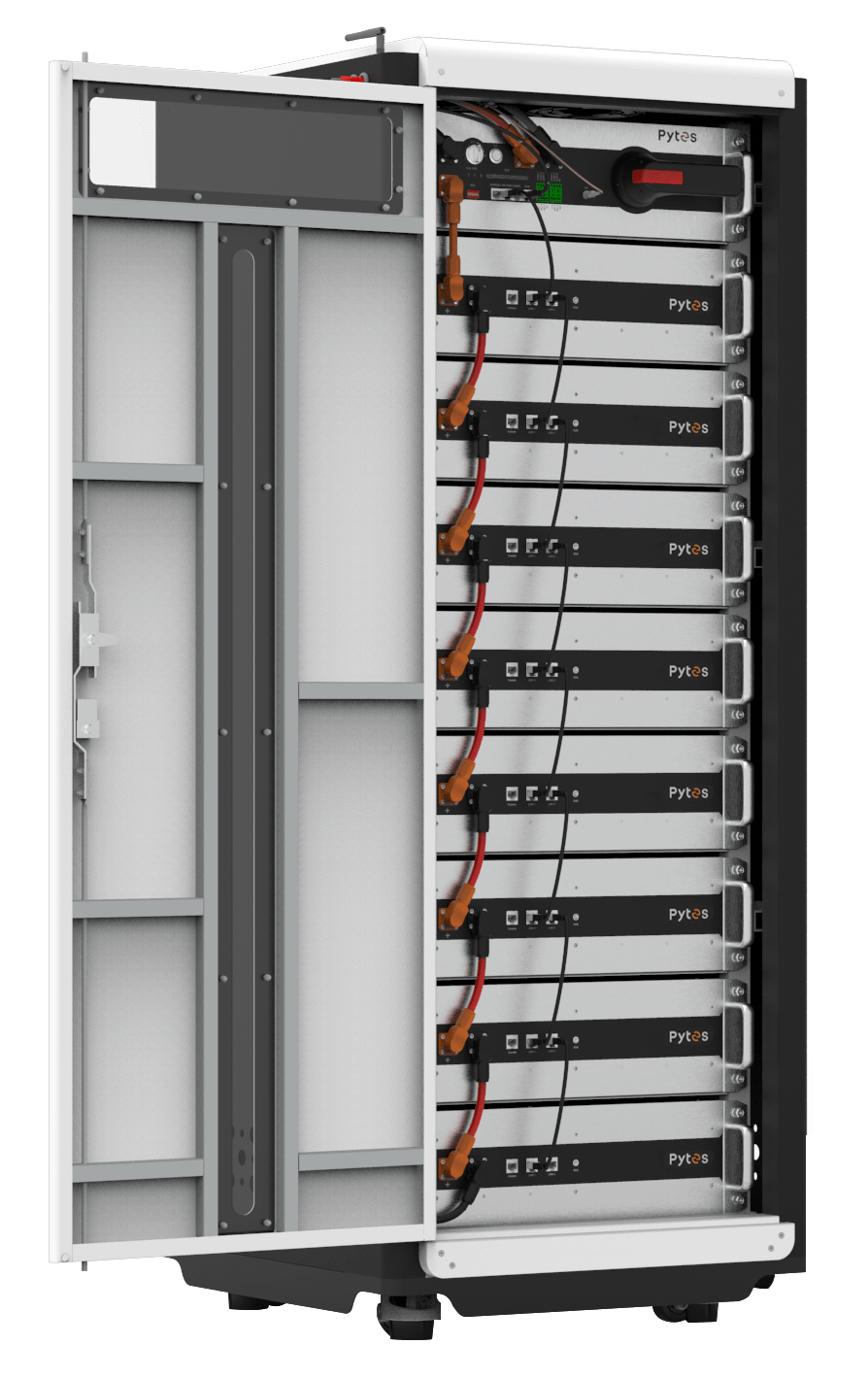The Role of High Voltage LFP Batteries in Energy Storage Systems
The demand for efficient and reliable energy storage systems has grown significantly in recent years. High-voltage lithium iron phosphate (LFP) batteries have emerged as an effective solution to meet this demand. This blog explores the role of high-voltage LFP batteries in energy storage systems and describes their benefits, applications, and potential impact on the renewable energy sector.
I. The Basics of the High Voltage LFP Batteries
Lithium iron phosphate (LiFePO4), commonly referred to as LFP, is a type of lithium-ion battery that offers several advantages over other battery chemistries. High voltage LFP batteries refer to LFP batteries with a higher nominal voltage, typically around 3.2 volts per cell. These batteries are designed to operate at higher voltages, resulting in increased energy density and capacity.

II.Advantages of High Voltage LFP Batteries
High voltage LFP batteries offer several advantages over other battery chemistries. These include:
1. Enhanced Safety: LFP batteries are inherently stable and less prone to thermal runaway or combustion, making them a safer option for energy storage systems.
2. Longer Lifespan: LFP batteries have a longer cycle life compared to other lithium-ion batteries, allowing for more charge and discharge cycles before capacity degradation.
3. High Energy Density: High voltage LFP batteries can store a significant amount of energy in a compact size, making them suitable for applications where space is limited.
4. Fast Charging: LFP batteries can be charged at a higher rate, reducing the charging time and improving overall system efficiency.
5. Wide Temperature Range: LFP batteries can operate in a wide temperature range, making them suitable for various environments and climates.
III. Benefits of High Voltage LFP Batteries in Energy Storage Systems
High voltage LFP batteries offer many advantages when integrated into energy storage systems, such as the Pytes HV48100.
The Pytes HV48100 is a distributed energy storage system adopting high-performance LFP energy storage batteries and equipped with a Pytes independent battery management system.Pytes HV48100 integrates battery pack, high-voltage control box and battery management system, which can be widely used in charging stations, buildings, factories and other scenarios to realize the functions of peak shifting, emergency back-up power supply, and photovoltaic energy storage for weak power systems.
A. Enhanced Energy Density and Capacity
The higher nominal voltage of high voltage LFP batteries allows for increased energy density, meaning more energy can be stored in a smaller footprint. This is particularly advantageous for applications where space is limited, such as residential or commercial installations.
B. Improved Efficiency and Performance
High voltage LFP batteries have lower internal resistance, resulting in higher charge and discharge efficiency. This means that more of the stored energy can be utilized, leading to improved overall system performance.
C. Longer Lifespan and Durability
LFP batteries have a longer cycle life compared to other lithium-ion batteries, allowing for more charge and discharge cycles before capacity degradation. This translates to a longer lifespan for the energy storage system, reducing the need for frequent battery replacements and associated costs.
D. Safety Considerations
High voltage LFP batteries are considered safer than other lithium-ion chemistries due to their inherent stability and resistance to thermal runaway. This makes them an ideal choice for energy storage systems, where safety is of utmost importance.

IV. Applications of High Voltage LFP Batteries in Energy Storage Systems
High voltage LFP batteries find applications in various sectors, including residential, commercial, industrial, and grid-level energy storage.
A. Residential Energy Storage
High voltage LFP batteries can be used in residential energy storage systems to store excess energy generated from renewable sources, such as solar panels. This stored energy can be utilized during periods of high demand or when renewable energy generation is low, reducing reliance on the grid and increasing self-consumption.
B. Commercial and Industrial Energy Storage
In commercial and industrial settings, high voltage LFP batteries can help businesses optimize their energy usage and reduce peak demand charges. These batteries can be charged during off-peak hours when electricity rates are lower and discharged during peak hours to offset high demand, resulting in significant cost savings.
C. Grid-Level Energy Storage
High voltage LFP batteries play a crucial role in grid-level energy storage, where they help stabilize the grid, manage peak demand, and integrate intermittent renewable energy sources. By storing excess energy during periods of low demand and releasing it during peak hours, high voltage LFP batteries can help balance the supply and demand of electricity, reducing strain on the grid and improving overall grid reliability.
V. High Voltage LFP Batteries and Renewable Energy Integration
Renewable energy sources, such as solar and wind, are inherently intermittent, meaning their generation fluctuates based on weather conditions. High voltage LFP batteries play a crucial role in integrating renewable energy into the grid and addressing the challenges associated with intermittency.
A. Balancing Intermittent Renewable Energy Sources
High voltage LFP batteries can store excess energy generated from renewable sources during periods of high generation and release it during periods of low generation. This helps balance the supply and demand of electricity, ensuring a stable and reliable power supply.
B. Smoothing Peak Demand and Reducing Grid Stress
By storing energy during off-peak hours and discharging it during peak demand periods, high voltage LFP batteries can help reduce stress on the grid during times of high electricity demand. This can help prevent blackouts, reduce the need for additional power plants, and improve overall grid stability.
C. Enabling Microgrids and Off-Grid Solutions
High voltage LFP batteries are instrumental in the development of microgrids and off-grid solutions. These batteries can store excess energy generated from renewable sources in remote areas or areas with unreliable grid access, providing a reliable and sustainable power supply.

Conclusion
With their higher energy density, higher efficiency and longer life, high-voltage LFP batteries are ideal for energy storage system applications, from residential to grid-level energy storage. In addition, their compatibility with renewable energy sources helps address intermittency and grid stability challenges. If you want to know more about Pytes HV48100 or energy storage system solutions, please contact Pytes.




